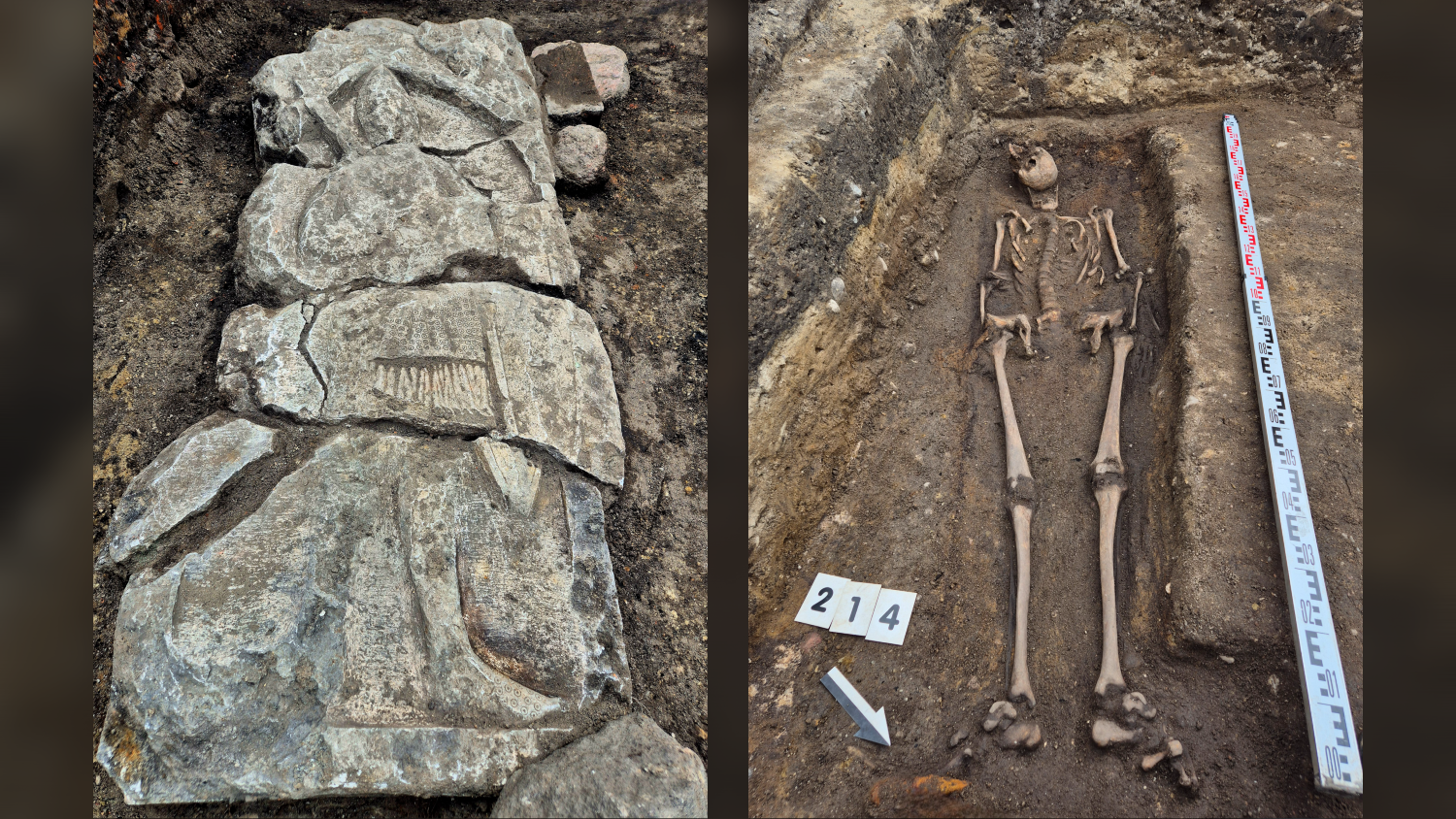Images: The Gospel of Judas
Gospel of Judas
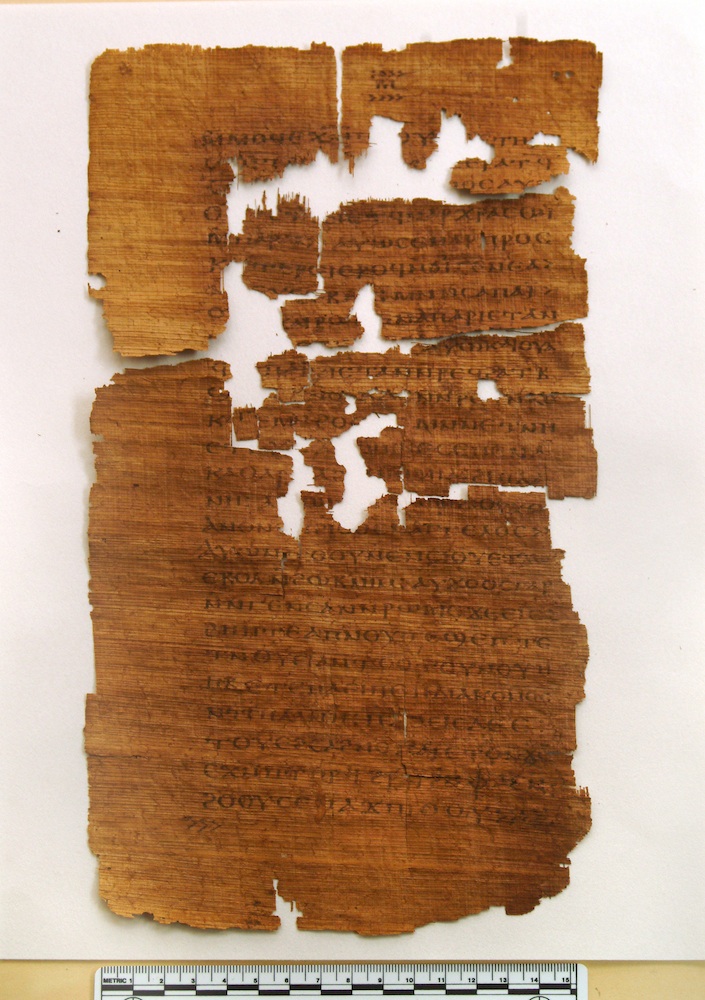
The Gospel of Judas, a text dated to about A.D. 280, tells the story of Judas as a collaborator with Jesus instead of a betrayer.
Gospel of Judas Fragment

A fragment of the Gospel of Judas with writing.
Gospel of Judas Investigation
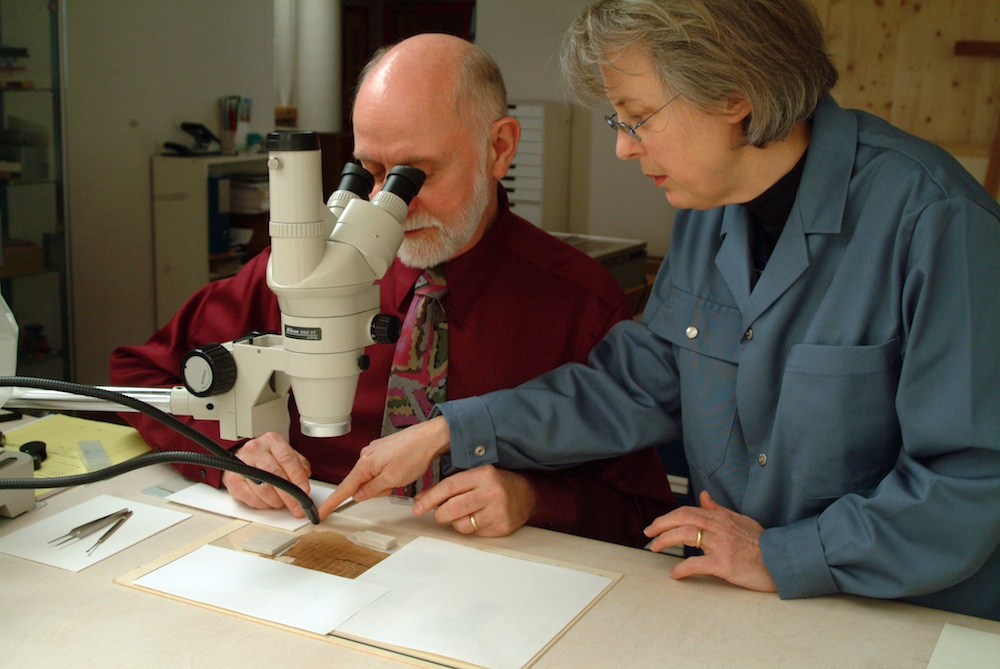
Microscopist Joseph Barabe and conservator Florence D'Arbre sample the Gospel of Judas as part of a 2006 investigation into the document's authenticity.
Gospel Close-Up
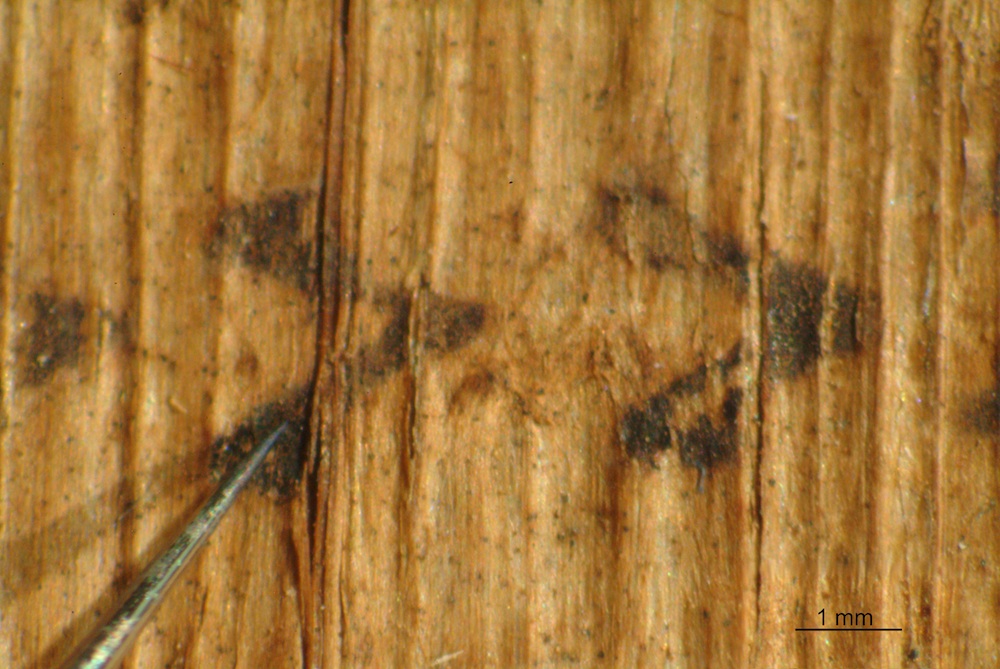
A close-up of the Gospel of Judas with a tungston needle used for sampling.
Gospel of Jesus' Wife

The Gospel of Judas appears to be authentically 3rd-century. This fragment of another papyrus, known as the Gospel of Jesus' Wife for its mention of Jesus referring to his wife, appears to be a 2nd-century document, though the Vatican contests the payprus' authenticity.
Dead Sea Scrolls
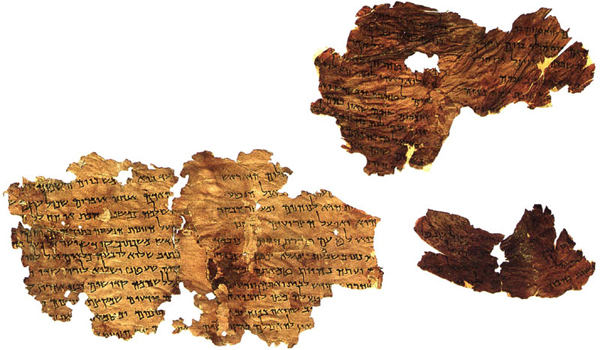
One of the Dead Sea Scrolls, the Torah Precepts scroll, provides religious instructions to members of the Jewish faith, and includes a Hebrew calendar, religious laws (called halakhot) and information about the Temple and its rituals.
Dead Sea Scroll
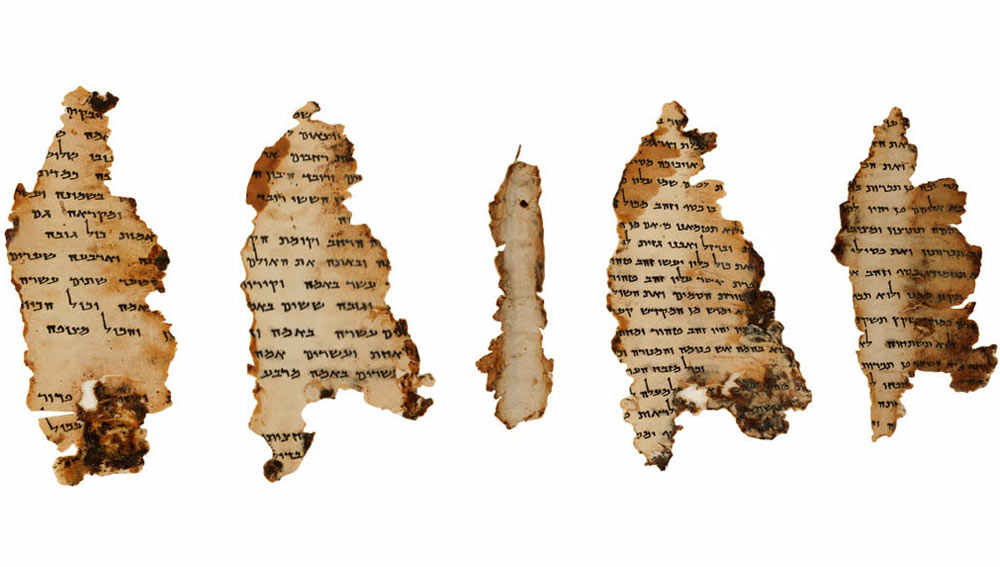
The Temple Scroll consists of 18 sheets of parchment, each of which has three or four columns of text; the lengthy scroll, spanning 26.74 feet (8.15 meters) and considered the largest scroll ever discovered in the Qumran caves, is now digitized online with English translations.
Get the world’s most fascinating discoveries delivered straight to your inbox.

Stephanie Pappas is a contributing writer for Live Science, covering topics ranging from geoscience to archaeology to the human brain and behavior. She was previously a senior writer for Live Science but is now a freelancer based in Denver, Colorado, and regularly contributes to Scientific American and The Monitor, the monthly magazine of the American Psychological Association. Stephanie received a bachelor's degree in psychology from the University of South Carolina and a graduate certificate in science communication from the University of California, Santa Cruz.
